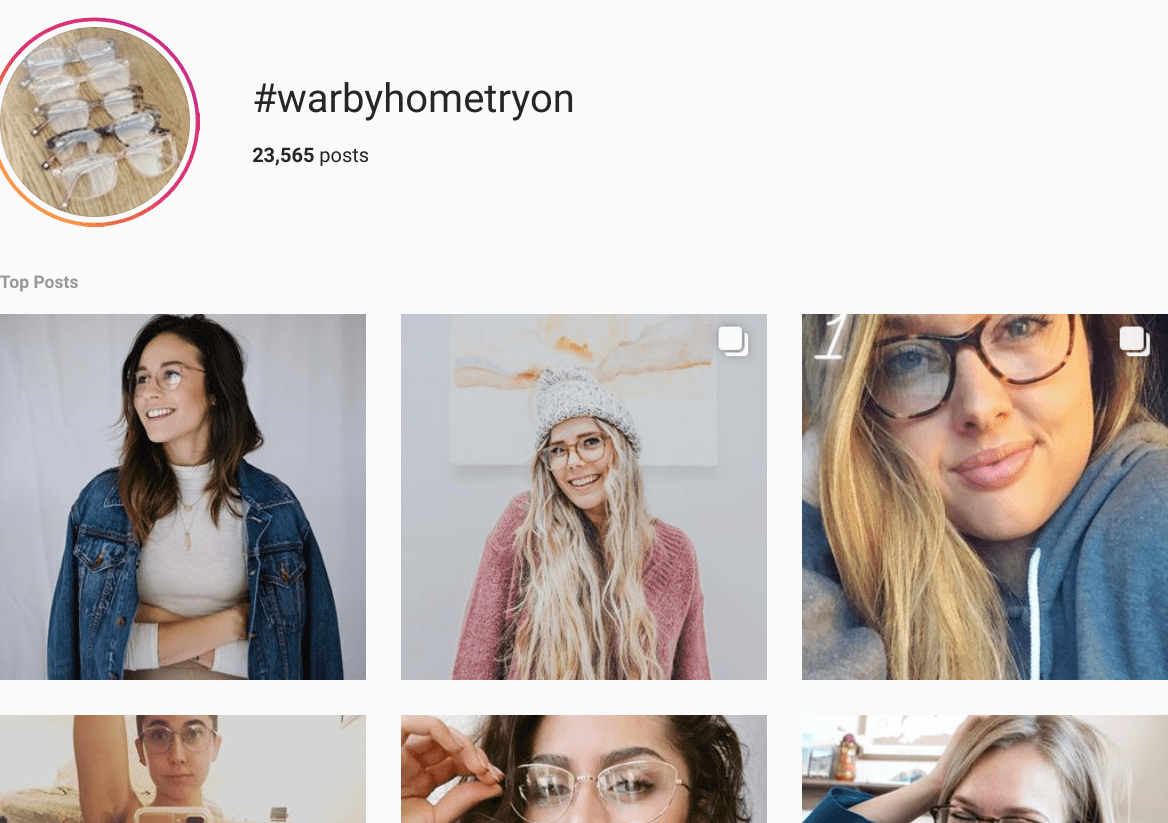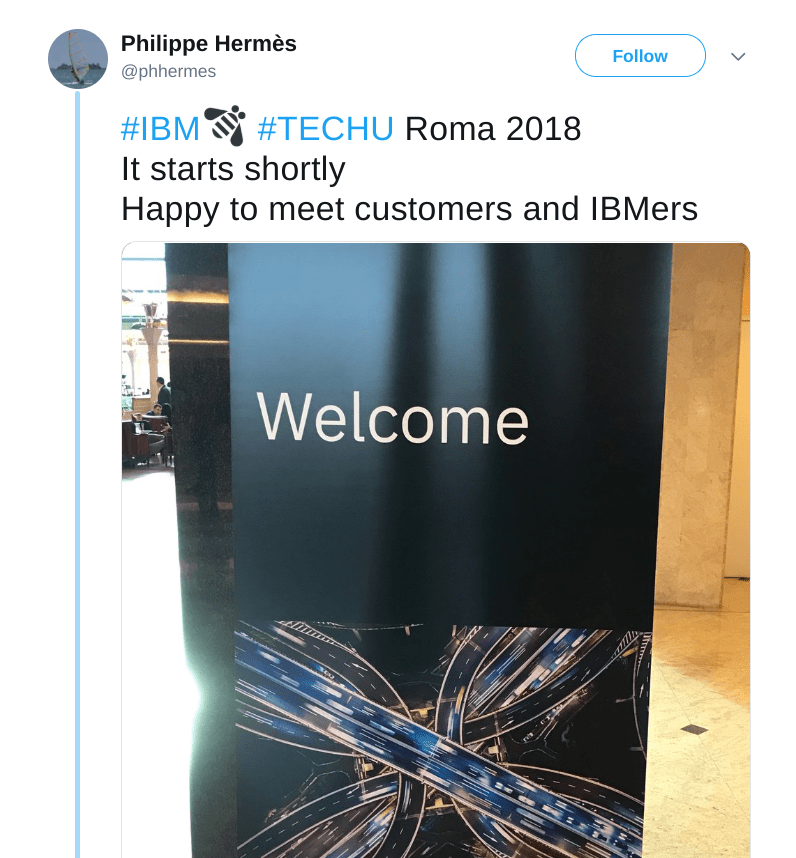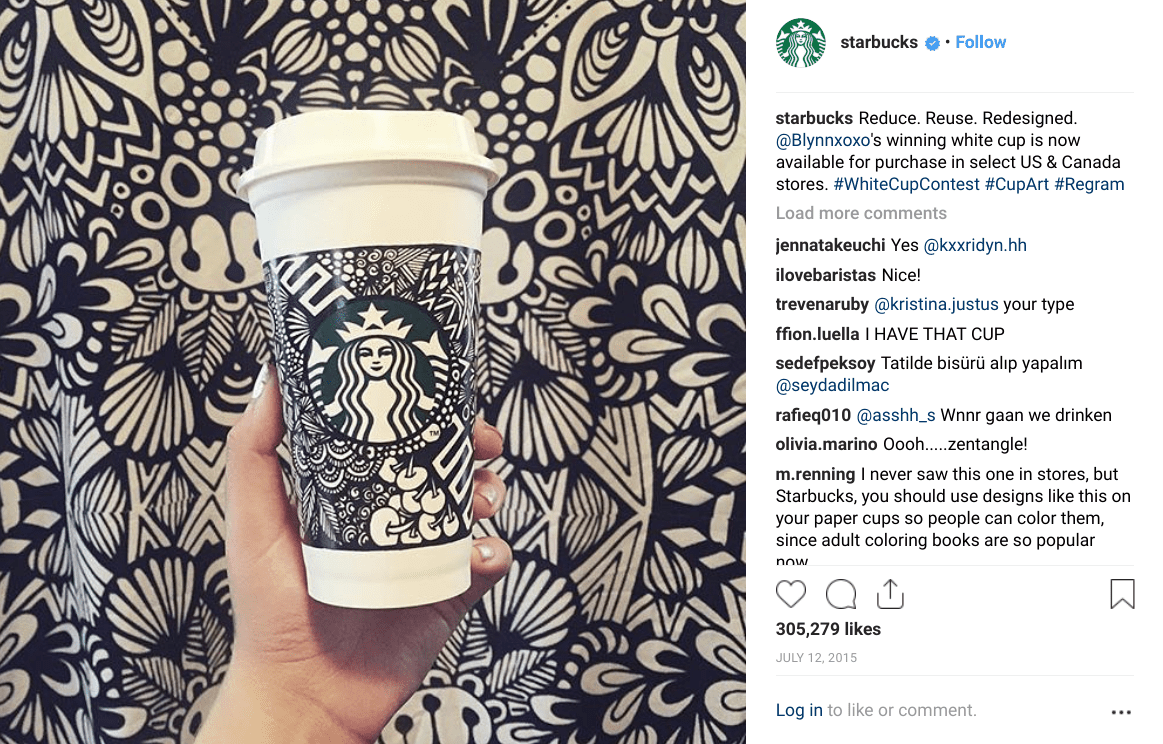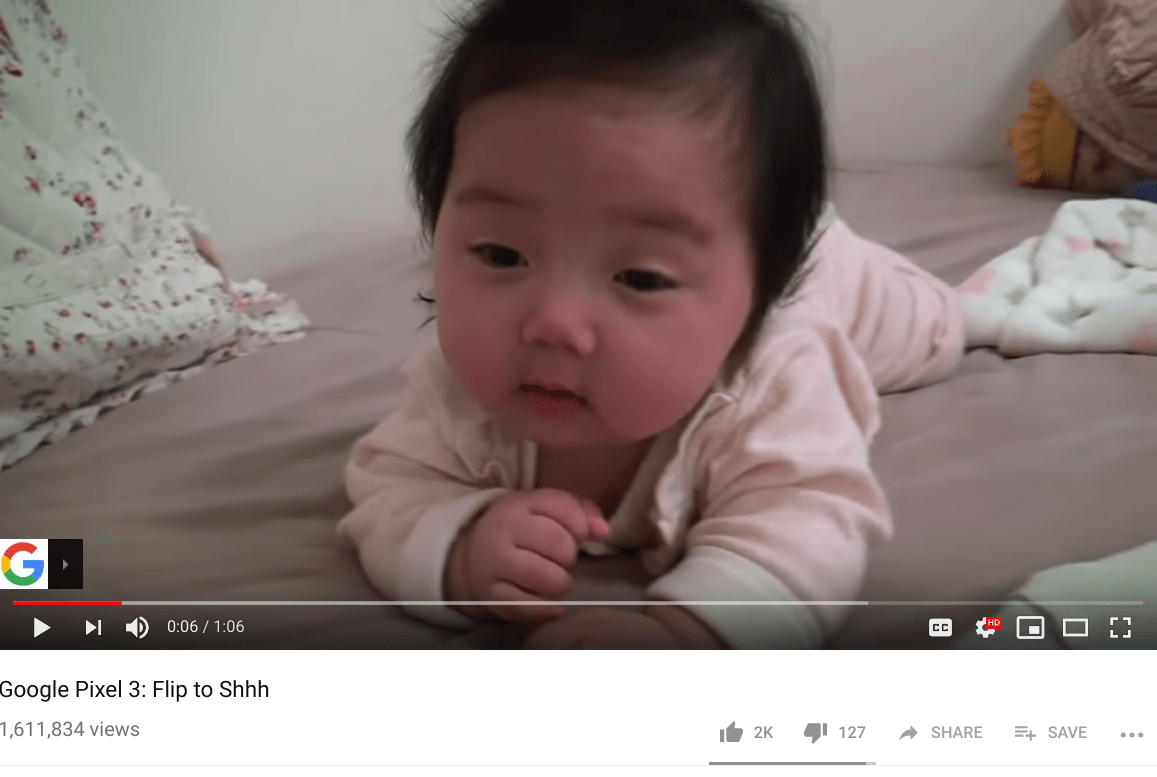The 10 Best User Generated Content Campaigns of 2018
November 12, 2018 | UGCMarketing has a long history of evolution. Over the years, “what works” has shifted and changed. Once the internet started to become the powerhouse of content marketing that it is today, things started changing even faster, and it became even harder to keep up with the pace at which marketing strategies were moving. In walks user generated content campaigns to the rescue and the subsequent need for our UGC moderation and image moderation software.
This speed of change continues even today. Online businesses are always trying to figure out the best way to get the word out about their product and attract more customers. However, the amount of information available now has turned a crowded, loud space into a teaming ocean of noise.
So how do you break out? How do you engage people without scaring them off?
User generated content (UGC) is one of the answers to these puzzling questions.
User Generated Content Defined
UGC is content that is created or distributed by people who are not getting paid to market for you. Essentially, user generated content is turning your fans into your advertisers. Whether it is a photo, a video, a blog post, a testimonial, a social post (Twitter, Instagram, Facebook, etc.), or any other type of content that comes from your customers, it is hands down one of the best ways to promote your business…without promoting your business.

This has several benefits.
First, people buy from those that they know, like, and trust. When they see their friends involved in your user generated content campaign, this is better social proof than just about anything else.
Second, it can have long-lasting effects. When a customer feels like they have been a part of something, their loyalty to your brand will increase. Not only that, they will remain advocates for you long after the campaign has ended.
And third, UGC campaigns generally cost very little money. While some people are spending millions of dollars on Super Bowl ads (last year, the base price was $4.5 million), a good, effective UGC campaign can be started with just a few Facebook ads or, if you already have a good fan base, no money at all.
As with most things in the marketing world, you do not want to have to reinvent the wheel if you don’t have to. That’s why today we are going to be looking at the top 10 best user-generated content campaigns of 2018. The hope is that this list will spark your imagination and give you the inspiration you need to come up with your own user generated content campaign that will boost your business.
#1 – #WarbyHomeTryOn – Warby Parker

Smart people, using the internet, have disrupted a ton of different industries, including industries that seemed difficult to change at all. However, Warby Parker is leading the way on this when it comes to eyeglasses.
They are also leading the way when it comes to great user generated content campaigns. With their #WarbyHomeTryOn being seen all over social media (over 23,000 posts on Instagram, and thousands more from Twitter and Facebook) from fans using their service, you could call their campaign a success.
The way Warby Parker works is you can get five pairs of glasses shipped to you for free. You can then try them on in person, decide which pair you like best, then you send the other four back and only pay for the one you keep. Pretty cool right?
However, the problem people were running into was they had a hard time choosing. Warby Parker saw within this problem a tremendous opportunity. Instead of just watching people post pictures of themselves on social media to get friend’s opinions, they decided to use this as a chance to engage their customers and spread the word about their products at the same time.
#2 – #BufferCommunity – Buffer

A great UGC campaign does not always include blatant advertising. You could argue that the best user generated content campaigns are not advertising (in the traditional sense) at all. In other words, you are not putting out a piece of content that has a call to action.
Buffer, the social media management company, has realized the value of building a community. When people engage with your business strictly as a business, you can only take that relationship so far.
Alternatively, when people see you as part of their tribe, making your customers feel that you are all within the same community, that bond goes far beyond what any basic business relationship could ever hope to accomplish.
Using the #BufferCommunity, people who are using Buffer show off all kinds of different awesome photos. Usually, these photos have little to do with managing your social media. They are not pushy sales photos. Instead, they come from users of Buffer who feel connected and want to share their journey.
Another great aspect of this campaign is that it showcases the artistic side of Buffer’s customers. Anytime you can make your customers look good; it will positively reflect on your brand too.
#3 – #IBM – IBM

Events are a fantastic way to spread the word about your business, but, unless you can capture the potential leads while at an event, the effect will fall flat.
IBM has employed the simple hashtag – #IBM – to allow people to reference them in a post on social media quickly. Now, as people attend their events or conferences, IBM knows who are engaging with their brand. If you employ this strategy, not only will it promote your business, you will also be able to have a better follow-up after the event. This technique of course is not unique to IBM but is just one example we wanted to focus on.
Another benefit of IBM using this kind of UGC campaign is the humanizing effect that it has. IBM is the 9th largest information technology company in the world with operations in 170 countries which can tend to make them seem a little hard to reach. Instead of an interactive, living company, they could come across as a giant, untouchable business.
Employing a user-generated content campaign as simple as their business name has allowed them to move beyond their perception as a giant corporation and into the realm of relatable businesses. Potential customers can see that it is, after all, a business run by human beings.
#4 – #WhiteCupContest – Starbucks

Starbucks has long been a favorite reference point for marketers. After all, a company that can get millions of people to be that fiercely loyal to an expensive cup of coffee deserves recognition. As many people have noted, Starbucks offers customers more than just coffee – they offer an experience, a feeling. And apparently to many people, that is worth the extra money.
However, Starbucks truly outdid themselves when starting the #WhiteCupContest. Now while this campaign was not technically “employed” in 2018, customers continue to use the hashtag and provide Starbucks with potentially millions of dollars in free advertising.
Here’s how it works – in 2014, Starbucks started the White Cup Contest (hence the hashtag). Customers submitted their artwork on a Starbucks cup and then posted it on social media with #WhiteCupContest. Then people were asked to vote on their favorites. The winning design would be used to create a limited-edition tumbler and available for sale at Starbucks.
The campaign was a huge success and as we mentioned, continues even today. The moral to this story is – a loyal audience can be worth more than any marketing strategy. And meaningful contests are a great way to increase engagement.
#5 – #GoPro – GoPro

Speaking of contests…
GoPro has a distinct advantage when it comes to user generated content campaigns in that all of its customers, by their very nature, are interested in capturing awesome photos and videos. And since photos and videos are what the internet wants, repurposing those awesome photos and videos is a natural step.
There are over 38 million posts with #GoPro on Instagram. How does GoPro get their customers to be such strong advocates for their brand? The answer to this question is multifaceted. However, we are going to look at two simple solutions that you can apply to your business.
First, they provide a quality product. GoPro is looked at as the industry standard when it comes to action cams which allows them to charge a higher price and creates loyalty within their customer base.
Second, contests. GoPro is constantly having contests where customers are called on to submit their latest and greatest photos, raw videos, or video edits. And since people love having a chance at winning, this has greatly increased GoPro’s reach on social media.
#6 – #ExploreCanada – Destination Canada
 Destination Canada, formerly known as the Canadian Tourism Commission, is the group in charge of promoting tourism for the country. And with over 4 million posts on Instagram alone using the hashtag, you could say they are doing a pretty great job.
Destination Canada, formerly known as the Canadian Tourism Commission, is the group in charge of promoting tourism for the country. And with over 4 million posts on Instagram alone using the hashtag, you could say they are doing a pretty great job.
Back in the “old days” a tourism group would probably either hire a photographer to take amazing pictures or go out and try to do it themselves. The first would cost money and the second would require a lot of time. And either way, you are not guaranteed good results.
Destination Canada shook things up and crowdsourced their media needs. Consequently, there are tons of amazing photos from all around Canada that they can use in their promotions.
Possibly the best part about this approach is when Destination Canada uses someone’s photo, that person is then motivated to show off the honor of being featured. Now instead of Destination Canada trying to push their content to people, they have a helping hand from all of their photographer contributors.
They have also used user generated content in another way – taking photos and videos from fans and combining them into fun, short videos. This repurposing can have the same effect of getting people to share your content, however, now that is compounded by the number of people included in the video.
#7 – #24MillionMates – The Telegraph & Tourism Australia

Combining the strategies already discussed from GoPro and Destination Canada, the Telegraph and Tourism Australia combined forces to spread the word and get people excited about visiting the Land Down Under.
The contest revolved around people commenting on the places they would most like to visit in Australia. When they used the hashtag, they got entered into the game. The prize was a hefty one – £5,000 toward an Australian vacation.
So that was the contest angle. The “involving your fans” portion of it came in on the landing page for the contest. Here they featured some of the latest and greatest shots from contest participants on an interactive map of Australia.
So not only were people entered into an awesome, meaningful contest, they also had their handiwork featured on the website. You put those two things together, and you have a serious recipe for engagement.
#8 – Pixel 3 Feature Videos – Google

If you want to see some advertising done right, check out the video ads showing off the new features of the Google Pixel 3 phone.
The “ads” take a bunch of video from all over the place of people having phone trouble – group selfies where everyone must squish to fit, phones going off at inopportune moments, and more. Then after showing a bunch of quite cringe-worthy moments, they show you how the Google Pixel 3 will fix all those problems for you.
Now, one could argue that some of the video clips used are not real “user” generated content. It is evident from the ads that some of the clips were recorded especially for the ad itself. However, that isn’t the point here.
The point is – the ad comes across as user generated content. Watching it, you are easily able to put yourself in the place of that person trying to get a great shot and failing miserably. You can feel the pain of the mom trying to put her baby to sleep right when the phone starts ringing.
Then, Google shows you how their “Best Shot” feature, and their “Flip to Shhh” feature will address those issues and make your life better. There’s no corny voice over with a call to action. There’s hardly even any ad copy.
#9 – #BMWRepost – BMW

We have talked about loyal customers and how some businesses have them while others do not. When it comes to businesses that have them, BMW is very high on that list. Approximately 53% of people who own BMWs are going to come back for more. And with the vast number of car brands out there, this is an impressive number.
One way that they engage their customers and turn them into advertisers for the brand is through the user generated content campaign using #BMWRepost. When someone uses that hashtag on a picture of their BMW, they have the chance to be featured on the official BMW page. With 17.6 million followers on Instagram, that is a big deal.
When you give customers a way to show off their purchase, chances are they are going to take it, and this is good for them and good for you at the same time.
If you are thinking about trying this strategy, here is a tip you might find helpful – set up a Google alert for your hashtag.
Google alerts are super simple to create and will save you a lot of time. Now, instead of daily searching all your social media platforms for your hashtag, every time someone uses your hashtag, Google will let you know with a convenient email in your inbox. Another awesome thing about this is you can set it up so you get an email once a week, every other day, once a day, or whatever works best for you.
#10 – #WayfairAtHome – Wayfair.com

User testimonials are an amazing way to generate credibility and interest in your products or services. Wayfair.com, the online home goods seller, has come across a brilliant way to get testimonials and then to use those testimonials to prompt other people to engage with the brand and potentially become new customers.
Like BMW’s strategy, using #WayfairAtHome, Wayfair invites their customers to show them how their purchase looks all set up inside the customer’s home. Using this hashtag gives customers the chance of being featured on Wayfair’s official page.
Furniture can be a hard thing to shop for online. You don’t know how it will look until it is in your house. However, using this method, people can see how the furniture you want to buy looks in another house. New ideas and designs also inspire potential customers.
What Kind of User Generated Campaign Will You Use?
UGC is one of the most effective ways to engage your fans, acquire new fans, and motivate people to purchase your product or service. Keep your eyes open for businesses that use UGC campaigns and see what you can learn from their strategies.
With all the fantastic user generated content campaigns out there, you will have all the inspiration and ideas you need to create your very own.